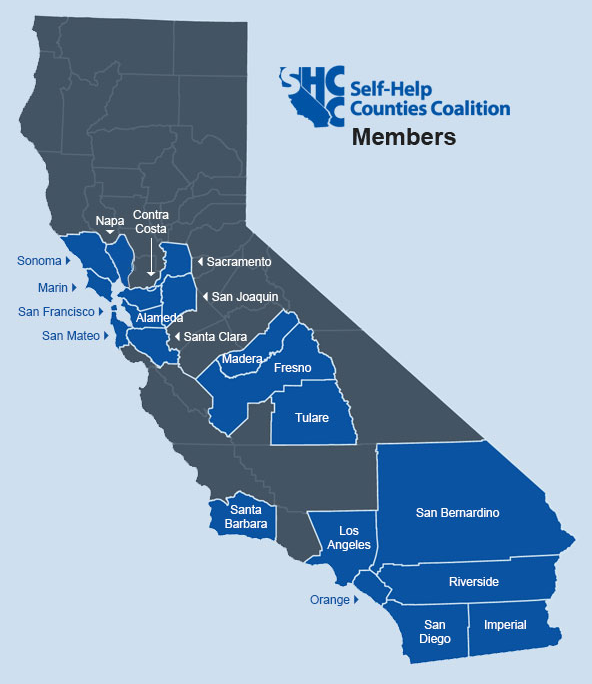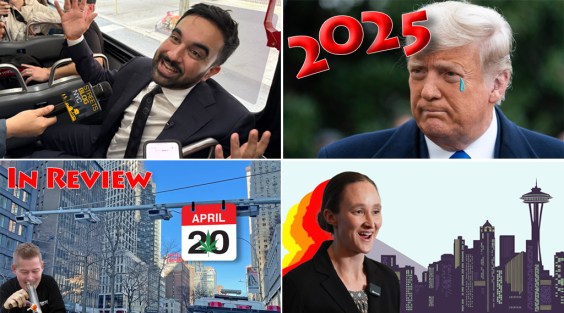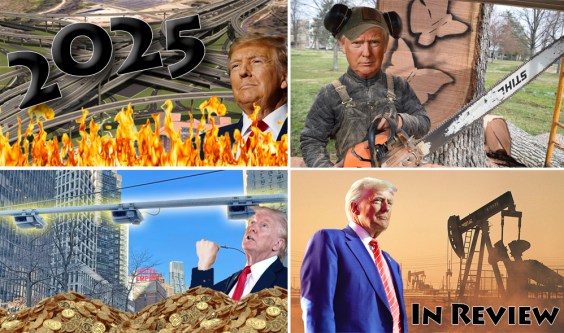
Among the many important issues to be decided in today's election are a whole bunch of transportation funding measures. We have already covered many of them at Streetsblog, and there's a quick summary of them at Streetsblog USA.
All but one add 1/2 cents to local sales taxes for transportation purposes--but transportation is a wide target. Does it mean roads? Buses? Trains? Bike lanes? It used to be valid to say that roads were built with gas taxes. The theory went that the more gas you used, the more miles you drove and the more wear and tear you put on the roads—but the more tax you paid as well. It worked out more or less evenly.
But energy efficient cars mean people buy less gas per mile than they used to. People who can afford a fully electric car pay no gas tax at all. Gas costs more than it used to, but gas taxes haven't been raised in California in more than twenty years. Also, federal and state policies prioritize building new things over taking care of what we already have, so finding funding for maintaining pavement isn't easy. Add ever-rising construction costs, and voila, a transportation funding crisis.
Over the years counties and transportation agencies have asked residents to vote to add regular sales taxes as a transportation funding source. Not all of the measures pass, but many have. Twenty counties in California are “self-help” counties, meaning that they have agreed to raise sales taxes for transportation. Fifteen such measures are on local ballots today, and if they all pass the total number of “self-help” counties in California would come to 28.
Because everybody pays sales taxes on almost everything they buy, it is incumbent on those deciding how to spend the new tax revenue that the travel needs of everyone using the roads be considered--not just car drivers. And when proposing a sales tax measure that needs 2/3 of the vote to pass, the smart agency reaches out for public input on the question.
Increasingly, members of the public who weigh in at the early stages are saying they want that money to be invested in fixing potholes, making transit better, and creating safer ways for people walking and biking to get around. This happened in L.A., and informed the project list for Measure M. It happened in Sacramento, leading to Measure B's focus on pavement condition and complete streets before anything else can be funded. It happened in Contra Costa County, where almost a quarter of the revenue from Measure X is slated for a “sustainable communities” effort that will build and test complete streets projects on major corridors. It happened in Santa Cruz, where almost a fifth of Measure D's revenue is slated for a coastal rail trail for bicycle riders and pedestrians.
Despite what the public said, however, highway widening projects still made the list every time. Sometimes the widenings come under the guise of “transit improvements,” as in Santa Clara's proposals to add HOV lanes to Highway 101. Sometimes the new roads are minimized, as in Contra Costa's proposal to build a bypass but not fund it as a longer freeway extension. In some cases the highway widenings are the main focus of the measures, as in Ventura County's Measure AA, which emphasizes widening highways 101 and 118.
All the measures also include a large portion for “local roads,” which is generally understood to mean repaving streets. The spending plans leave varying degrees of room for advocates to insist that state and local Complete Streets policies are applied when these local streets are fixed. Many of the measures also include an additional, separate portion dedicated specifically to bicycle and pedestrian infrastructure, ranging from three percent in Ventura County to ten percent in Merced's Measure V and San Luis Obispo's Measure J.
And transit gets a slice of the pie. In some cases, the slice focuses on transit for seniors and the disabled population; in others it focuses on specific large-scale projects like BART (Santa Clara) or light-rail (Sacramento). L.A.'s Measure M and San Francisco's Proposition J both aim the lion's share of the new revenue at increasing transit service and improving and maintaining existing services.
It's important to get the balance right, because these ballot measures lay out local transportation funding for the next thirty years (or more; L.A.'s Measure M has no expiration date).
Some of these measures are a move in the right direction. Whether they pass or fail today, there will remain a lot of work to do to ensure the money is invested wisely.
Below is a greatly simplified list of the California measures. Note that there are only fourteen listed below, because San Francisco has two propositions that work together: J raises taxes, and K creates a new fund for homelessness and transportation that is equivalent to the new tax amount. By working it thus, SF's propositions only need to pass by a simple majority, not the 2/3 vote threshold the other measures must meet--a nice trick. However, both propositions need to pass for it to work.
- Contra Costa Measure X: 22% to "sustainable communities" including pilot Complete Streets projects, 27% to transit
- Humboldt Measure U: 100% allocated to local jurisdictions; local plans for repaving streets vary in completeness
- Los Angeles Measure M: ~6% bike/ped, 62% transit
- Monterey Measure X: 13% for "Mobility for All," which includes both bike/ped and transit
- Merced Measure V: 10% bike/ped, 5% transit
- Placer Measure M: 5% bike/ped, 21% transit
- Sacramento Measure B: "fix-it-first" focus that front-loads pavement condition and Complete Streets in the first five years, 9% to transit
- San Diego Measure A: 3% bike/ped, 42% transit
- San Francisco Proposition J: 12% for citywide Vision Zero policy, 55% transit
- San Luis Obispo Measure J: 10% bike/ped, 10% transit
- Santa Clara Measure B: 4% bike/ped, 8% transit
- Santa Cruz Measure D: 17% to coastal rail trail, additional bike/ped under "neighborhood projects," 20% to transit
- Stanislaus Measure L: 5% bike and ped, 7% transit
- Ventura Measure AA: 3% bike/ped, 12% transit)





